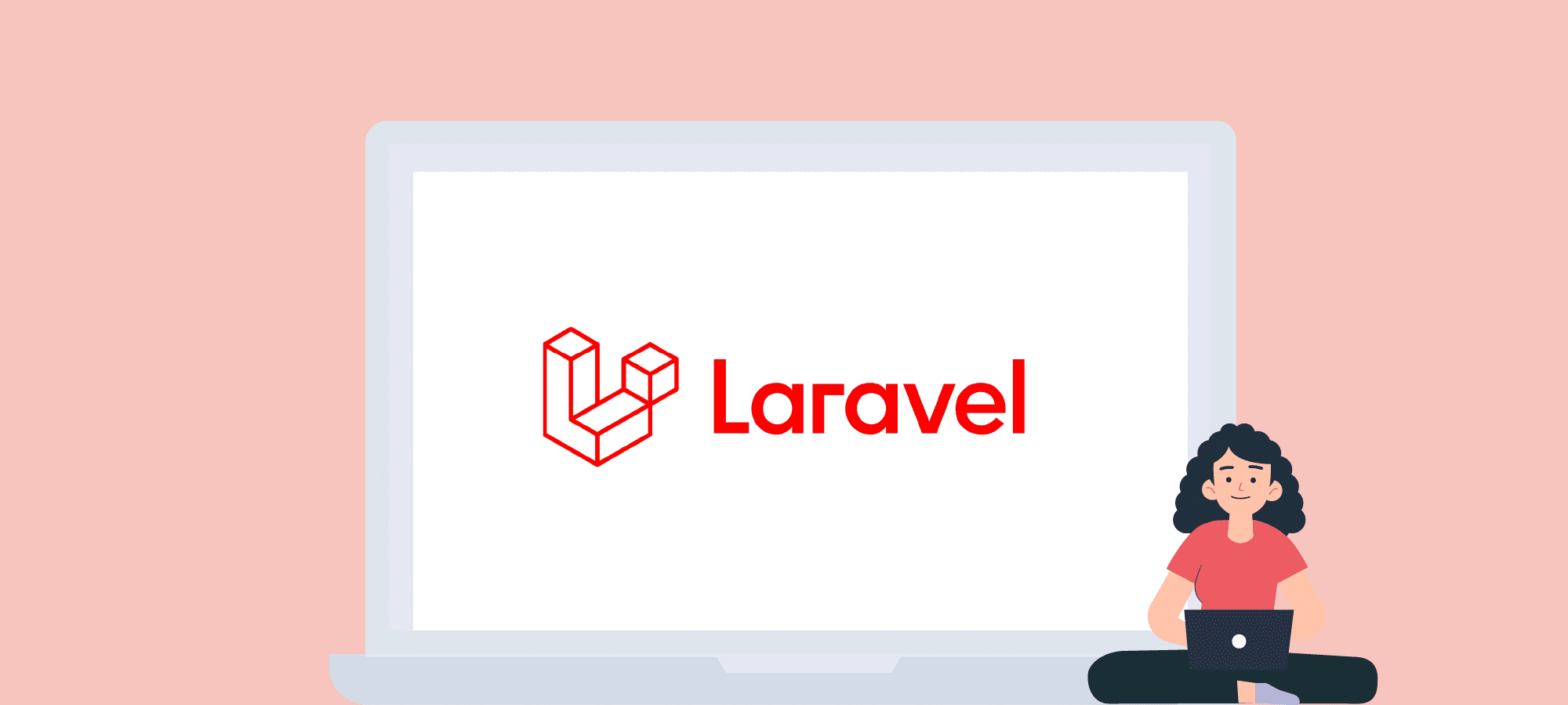In doubt about which language or framework to use? In this blog post I'll be making the case for Laravel: a rapidly growing web framework with great community support and many innovative features.
Fast development
Laravel values the rapid delivery of a working product. It's designed with that in mind, and its toolkit is packed with features that aim to enable frequent delivery.
Command Line: Laravel has a powerful command line. It's able to automatically perform most of the repetitive and tedious programming-tasks developers hate doing manually. The command line quickly turns into a lifesaver as one starts to become proficient with the framework.
Code structure: The code structure is clear and simple. The documentation is highly opinionated in this regard; it tells you exactly where every file should go and where to place each functionality in the application. No less important, the syntax is elegant, expressive and highly readable.
Packages: By using packages, a developer doesn't need to repeatedly reinvent the wheel. They are the primary way of adding functionality to Laravel. Packages might be anything from a great way to work with dates like Carbon, or an entire BDD testing framework like Behat.
Inbuilt features: Laravel is built with the needs of modern development in mind. It has a suite of out-of-the-box-features that cover every niche. Some examples of these are the template engine, eloquent ORM, migration system, a testing and security toolkit, etc.
Beyond the Framework
As powerful and versatile as the main framework is, it is only the tip of the iceberg when it comes to why developers love developing with Laravel.
Laravel has a healthy, dynamic ecosystem chock-full of features you can individually make use of that will help immeasurably on the road to deliver applications quickly and cheaply.
Some of our favorites are:
- Forge: We consistently make use of this tool when dealing with server management. It is exceptional at simplifying anything dealing with servers, making a usually cumbersome activity painless. It gives developers tighter control of queues, certificates, cron jobs and subdomains (among others).
- Cashier: Cashier lets us configure subscription plans with straightforward customization of permissions, expiring dates and plan switches.
- Backpack (Non-official package): You can use them to build custom admin panels fast, for anything from presentation websites to complex web applications. Highly recommended
Community
The final piece of the puzzle in Laravel’s ecosystem is its developer community. It is made up of thousands of passionate “artisans”, who are eager to share the skills and knowledge they’ve accumulated over the years. There are plenty of platforms where one can start getting involved in the community, including the #laravel IRC channel, the Laracasts website and forum, LaraJobs (a job search platform), the Laravel podcast, etc.
Laravel’s community is growing rapidly. More developers and companies are choosing Laravel everyday, which means that the amount and the quality of tutorials, articles and packages is increasing at a remarkable pace.
Taking at look at some trends allows us to instantly grasp just how quickly things are evolving.

Conclusion
Right now is the perfect time to start developing applications using Laravel. The ecosystem is still dynamic and ever-growing, yet it is mature enough to handle any potential use case. The fact that so many businesses and developers are switching to Laravel everyday speaks for itself.

